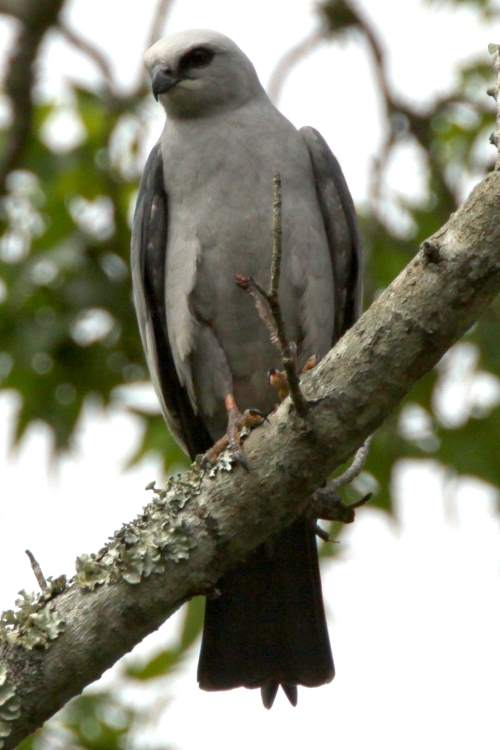

( See photos of wildfires scorching Australia during a record heat wave.) Previously, some local experts had been skeptical of whether hawks were setting fires intentionally-or were merely doing so unintentionally. Though he hasn’t witnessed it firsthand yet, some of his firefighter co-authors have. When Gosford first stumbled across this passage, it later inspired him to collect firsthand accounts of the behavior, which he has doggedly pursued since 2011. “When that area was burnt out, the process was repeated elsewhere.” Elusive Firehawks

#BLACK HAWK KITE PATCH#
“I have seen a hawk pick up a smouldering stick in its claws and drop it in a fresh patch of dry grass half a mile away, then wait with its mates for the mad exodus of scorched and frightened rodents and reptiles,” wrote Waipuldanya Phillip Roberts in I, the Aboriginal, a 1964 autobiography of Roberts compiled by Australian journalist Douglas Lockwood. ( Watch a massive fire tornado sweep the outback.)

Some regions see fires once every two years. From 1997 to 2011, some 18 percent of Australia’s 730,000 square miles of savanna were affected by fire each year, on average. WATCH: Sometimes the best way to fight a wildfire is with fire.Īustralia is no exception to this rule. “It's a feeding frenzy, because out of these grasslands come small birds, lizards, insects, everything fleeing the front of the fire."Įach year, up to 75 percent of Earth’s tropical savannas burn-accounting for about half of the biomass that burns each year worldwide, according to one 2015 review. “Black kites and brown falcons come to these fronts because it is just literally a killing frenzy,” he said in a 2016 interview with the Australian Broadcasting Corporation. ( Learn more about National Geographic's Year of the Bird.)Īccording to co-author Bob Gosford, an Australian indigenous-rights lawyer and ornithologist, these birds of prey thrive in wildfires, soaring and perching near the fire fronts that rage in Australia’s tropical savannas.

They've known this for probably 40,000 years or more." Feeding Frenzyįor decades, people in northern Australia have considered firehawks-the black kite ( Milvus migrans), whistling kite ( Haliastur sphenurus), and the brown falcon ( Falco berigora)-part of the natural order. "Most of the data that we've worked with is collaborative with Aboriginal peoples. "We're not discovering anything," cautions co-author Mark Bonta, a National Geographic grantee and geographer at Penn State University. The anecdotes, compiled in a recent study published in the Journal of Ethnobiology, may lead some to rethink how fires spread through tropical savannas like those in northern Australia. ( Read how wildfires form and why they’re so dangerous.) The idea is that these birds of prey use fires to help find food-making easy meals out of insects and other small animals trying to flee the blaze. In interviews, observations, and ceremonies dating back more than a century, the indigenous peoples of Australia's Northern Territory maintain that a collective group of birds they call “firehawks” can control fire by carrying burning sticks to new locations in their beaks or talons. But Australia’s Aboriginal peoples have long identified a third cause: birds. Australia is no stranger to fire: The hardy landscape is adapted to blazes, enduring many thanks to humans and lightning.


 0 kommentar(er)
0 kommentar(er)
